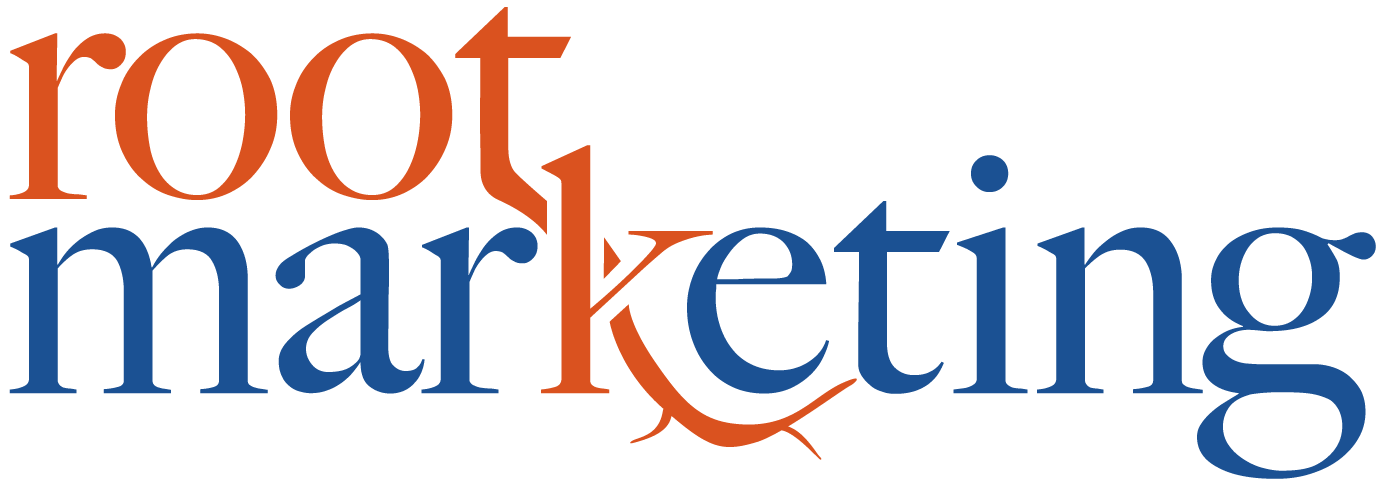Crafting the Perfect One-Liner: Why you need a professional pick-up line
In the early 2000s, before the Red Sox broke the Curse of the Bambino to become World Series champions, the Cask N' Flagon was a haven for fans to drown their sorrows and celebrate their team. Across the street from Fenway Park, it was a scene right out of Good Will Hunting, where camaraderie flowed as freely as the pints of beer.
It’s also where I heard the greatest pickup line of all time:
“How do I get tickets to your show?”
While I can't recall the guy who delivered it, that witty remark has stayed with me for over two decades.
One-Liners: More Than Just Pick-Up Lines
When you think about it, a pick-up line is essentially the social equivalent of an elevator pitch. It's a brief hook intended to pique someone's interest and draw them in for more. In the world of marketing and communication, we refer to this as a "one-liner." Interestingly, the term "one-liner" originated in the film industry. In Hollywood, producers don't have time for long-winded pitches, so filmmakers need to summarize their movies in one or two sentences to grab the producer's attention.
For those of us outside of the film industry, a one-liner can serve various purposes:
To answer the dreaded, "What do you do?"
As your social media bio line
On your website's homepage
In your email signature
Essentially, any opportunity you have to share about your business or yourself
Crafting the Perfect One-Liner
Creating a compelling one-liner might seem easy, but it's as challenging as perfecting the art of making a cortado (a coffee drink of espresso and milk). To help you nail your one-liner, let's follow a simple formula: Problem + Solution + Result = Clear One-Liner.
Tip 1 – Explain the problem your service solves: Start by articulating the issue your product or service addresses. Let's take the example of a swim instructor. Instead of saying, "I'm a swim instructor," you can say, "If you're an adult who wants to learn to swim, you're probably embarrassed that you don't know how, and you don't want to take lessons with 5-year-olds." See the difference? This immediately connects with your audience's pain points.
Tip 2 – Share the solution you offer: After presenting the problem, introduce your product or service as the solution. In our swim instructor's case, this could be something like, "I offer private swim lessons for adults." This clearly positions your offering as the remedy to the identified problem.
Tip 3 – Close with your solution's result: A common mistake when crafting a one-liner is failing to connect the three components. For instance, the result or benefit of working with our swim instructor is, "So they can learn in a comfortable environment without worrying they look like an idiot." Now, tie it all together: "If you're an adult who wants to learn to swim, you're probably embarrassed that you don't know how, and you don't want to take lessons with 5-year-olds. I offer private swim lessons for adults so they can learn in a comfortable environment without worrying they look like an idiot."
Mastering the art of the one-liner is not unlike hitting a home run in the bottom of the ninth inning. Get it right, and prospects will be asking, "How do I get tickets to your show?" Crafting a clear and engaging one-liner is a valuable skill that can leave a lasting impression and open doors to new opportunities. So, whether you're at a networking event, updating your LinkedIn profile, or introducing your business, use this formula to create a one-liner that captures attention, resonates with your audience, and sets the stage for meaningful connections. Cheers to your pitch-perfect one-liner!
